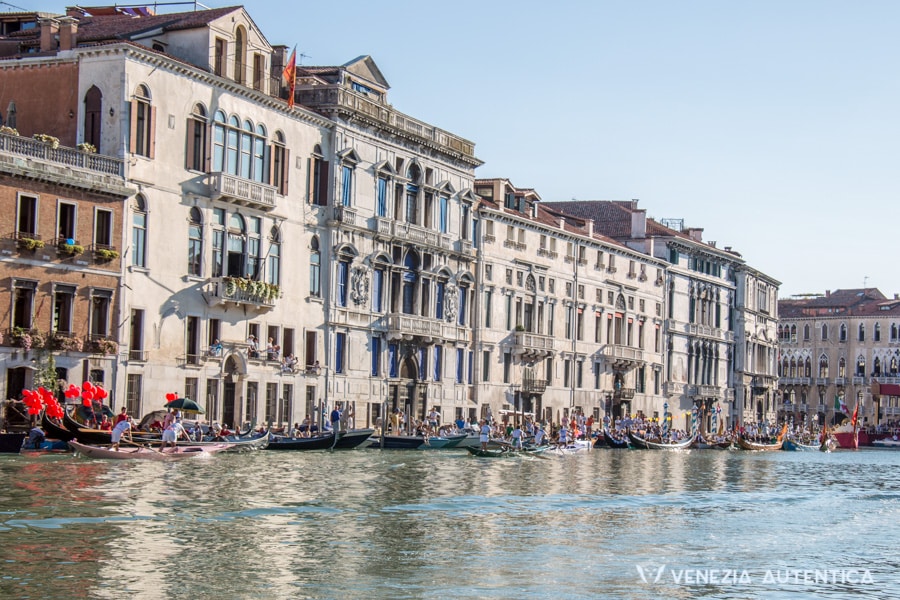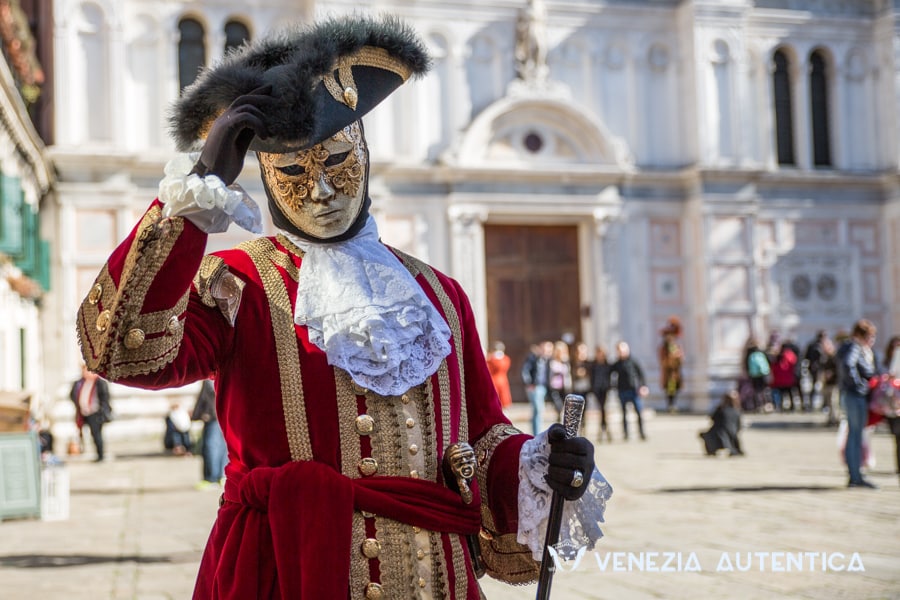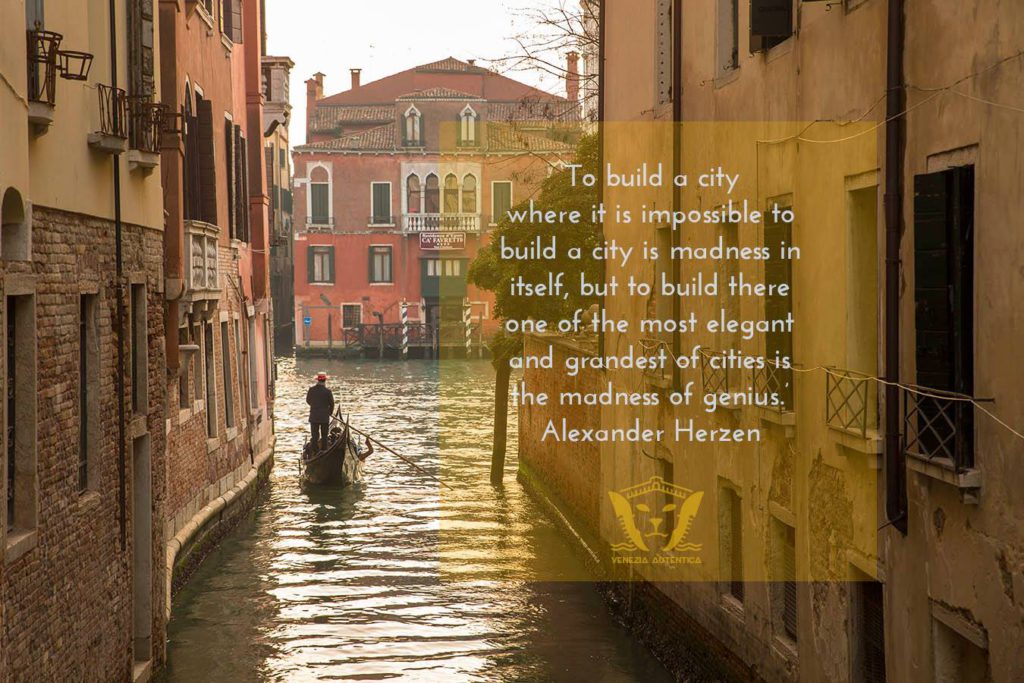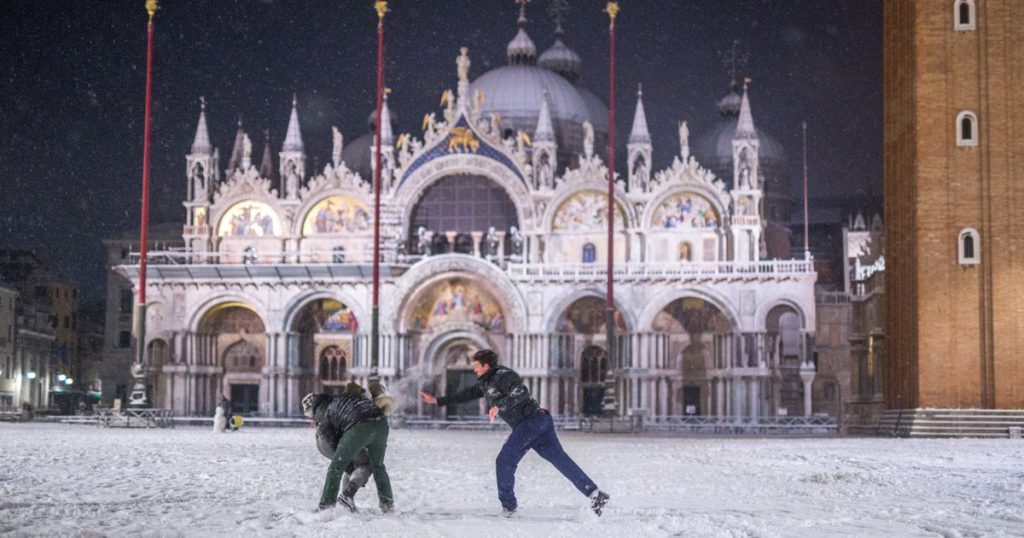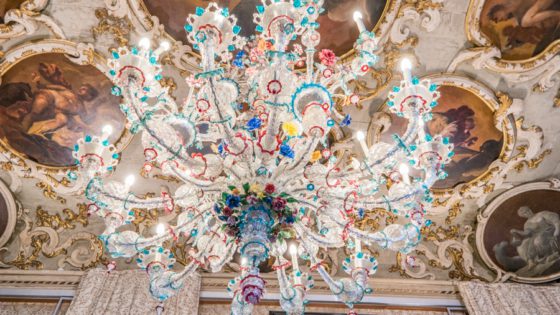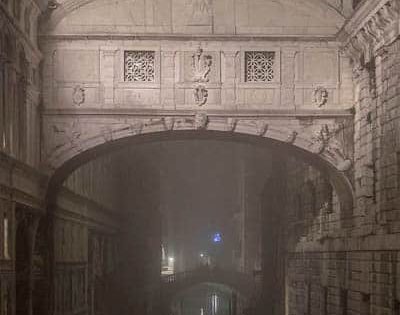The Grand Canal in Venice, Italy
First of all, what is the Grand Canal in Venice?
The Grand Canal is the most famous and important canal in Venice, Italy.
Maybe you already knew that. However, there are many amazing facts about the Grand Canal that you should know about!
Venice Grand Canal facts:
Let’s start by answering the 3 Grand Canal most frequently asked questions by visitors:
How long is the Grand Canal in Venice?
The Grand Canal in Venice is approximatively 3.8 km long (2.36 miles).
How wide is the Grand Canal?
The width of the Grand Canal is not fixed and varies along it’s lenght. The narrowest part is 30 m wide (100 feet), while the widest is 90 meters (300 feet).
How deep is the Grand Canal in Venice?
The Grand Canal in Venice is, on average, about 5 meters deep (16.5 feet). However, just like the width, also the depth varies along the canal.
Another common question is about the direction of the water of the Grand Canal.
Which way does the water flow?
The Grand Canal is not a river, and its water flow is not a result of gravity.
Indeed, the water you see in all the canals in Venice and everywhere around the city comes from the surrounding Lagoon, which is connected to the Adriatic Sea.
And just like the Sea, Venice has tides too.
As a consequence, every time tides change, so does the direction of the flow in all the canals in Venice.
This change happens approximately every 6 hours and 12 minutes.
Architecture on the Canal Grande
The Grand Canal is famous worldwide for the centuries-old palaces which stand on both sides of the water. Most of them date from the 13th to the 18th century, a time in which existed the Venetian Republic.
These magnificent buildings show the wealth Venetian families had at the time of the powerful Venetian Republic.
The palaces on the Canal Grande belong to different times, styles, and movements.
In fact, the Grand Canal boast Palaces with Venetian-Byzantine, Venetian Gothic, and Venetian Baroque style. Other palaces have elements of the Renaissance or Neoclassical architecture, and some have even elements of the Modern era.
Altogether, it’s an eclectic mix and an impressive display of architectural and artistic know-how.
The history of Venetian palaces along the Grand Canal
The palazzi (singular “palazzo”) were palaces built to serve as the house of the rich and noble Venetian families. Today, only a few families still live in a palazzo on the Grand Canal.
The spectacular beauty of the Palazzi is due to one amusing fact: the competition between the palace’s owners.
In fact, families wanted to have the most beautiful, impressive and richest buildings around.
This desire and constant work to have the most beautiful palace were sorts of a competition all rich Venetian families took part in. This rivalry deeply and positively affected the aspect of the buildings on the Grand Canal.
Several Venetian palaces on the Grand Canal are from the 18th Century. But why?
After the fall of the Venetian Republic in 1797, Venetian families lost much of their economic power. Naturally, the constant race for renovations of the palaces on the Grand Canal came to an end.
In some cases, financial shortages at the end of the Republic led some buildings to be left unfinished. Two such examples are the facade of San Marcuola’s church and the famous Palazzo Venier dei Leoni. The latter then became the home of Peggy Guggenheim and her collection.
After the end of the Republic, several historical palaces were pulled down.
Some buildings remained but were converted to other uses. Their appearance, however, was preserved
Venetian palaces, today
Today, only a few people live on the Canal Grande. Most of the palaces that can be admired are now either hotels, museums, or public administration buildings.
Until the late 20th century, most of the more prominent palaces were still owned by the city of Venice, the Italian State, or by Italian institutions.
“Palazzi”, however, are not the only kind of buildings that can be found on the Grand Canal.
The fonteghi along the Grand Canal in Venice
The other typical building that can be found along the Canal Grande in Venice is the “fontego,” or “fondaco” in Italian.
A fondaco was a building that was both the warehouse and the home of foreign merchants in Venice.
As Venice became an ever stronger hub of trade, the number of foreign merchants working in Venice increased. Consequently, so did the number of the fonteghi.
The Venetian Republic highly valued its fonteghi.
In fact, on the one hand, fonteghi provided merchants with storerooms and lodging. On the other hand, they made it easy for the Republic to keep a close eye on the trading activity and enforce the payment of taxes.
How did the Fonteghi in Venice look like?
Like many things in Venice, also the “fonteghi” had a structure that was typical and was optimized for their function.
The curia, a porch, covers the bank of the Canal and facilitates the ships’ unloading. Here, the merchandise could be taken from the boat and brought to a corridor flanked by storerooms or to a courtyard at the back of the building.
Similarly, on the first floor, a loggia as large as the porch illuminates the hall into which open the merchants’ rooms. The façade is thereby divided into an airy central part and two more solid sides. A low mezzanine with offices divides the two floors.
“Fonteghi” could also house lateral defensive towers (torreselle), as in the Fondaco of the Turks.
Famous Fonteghi on the Grand Canal in Venice
The Fontego dei Turchi, which dates back to the 13th Century, has been heavily restored in the 19th Century and hosts today the city’s Museum of Natural History.
The Fondaco dei Tedeschi, once the Germans’ lodging and warehouse, gives a good idea with its impressive size of the number of foreign merchants working in Venice.
Today the Fondaco dei Tedeschi doesn’t serve its original purpose anymore and has been transformed into a luxury department store.
Other constructions on the Canal Grande
Also, several public buildings were built along the Canal Grande in Venice. That is especially true around Rialto area, which once was the hub of commercial activity in Venice.
These palaces aimed at facilitating the trading activity of the city and were as diverse as commercial and financial benches (Palazzo dei Camerlenghi and Palazzo dei Dieci Savi, rebuilt after 1514 fire) and even a mint, the “Zecca”, where money was coined under the authority of the Republic.
The bridges on the Grand Canal in Venice
Because of its width, only 4 bridges cross the Grand Canal, in Venice. Each bridge was built in different eras and has a completely different style. Let’s discover them!
The Rialto Bridge
The Rialto Bridge, halfway through the Grand Canal, is undoubtedly the most important bridge in Venice.
It was the only bridge on the Grand Canal at the times of the Venetian Republic. The other bridges on the Canal Grande we see today were built decades or centuries later.
The Ponte di Rialto on the Grand Canal in Venice connected the heart of the political power of the Serenissima in the district of Saint Mark’s with the heart of the economic power of the city in the district of San Polo.
The first structure was built in wood in 1250. It was drawbridge and, therefore, it allowed big sail ships to sail along the entire length of the Grand Canal in Venice and reach Rialto which once was both the market and the port of the city.
We shot a 360° video about the Rialto Bridge that you can watch here.
The Accademia Bridge
The last bridge we meet is the Accademia Bridge, the only wooden bridge crossing the Grand Canal in Venice.
It derives its name from the nearby Accademia di Belle Arti di Venezia, the Fine Arts Academy of Venice, which was founded in Venice in 1807.
In fact, while this very important crossing between the districts of Dorsoduro and Saint Mark’s had been suggested as far back as 1488, the bridge was never built during the Venetian Republic.
A first version of the Ponte dell’Accademia, made of steel, was finished in 1854 during the Austrian occupation of Venice.
However in 1933, during Fascism, the Austrian-made steel bridge was destroyed and replaced by a wooden bridge.
Since wood needs more maintenance than stone, the Accademia Bridge has to be continuosly renovated and in some cases even to be fully replaced, such as in 1986.
The last renovation, financed by the Veneto born Luxottica Group, took place in 2017-2018.
The Constitution Bridge
On one end of the Canal Grande in Venice is the most recent bridge, created in 2008, called “Ponte della Costituzione,” Constitution Bridge in English. However, this bridge is also known by the name “Calatrava Bridge,” from the name of the Spanish Architect Calatrava who drew the project.
This bridge connects the districts of Cannaregio and Santa Croce. To be more precise, it links the Train Station and Piazzale Roma, the last part in Venice reachable by buses and cars.
Since its construction, it’s possible to save a few minutes walking time when crossing between these two areas.
Nonetheless, it is the least liked and most controversial bridge in Venice for three reasons.
First of all, the bridge costed far more than expected. Secondly, the bridge is not optimized for the soft ground of Venice. As a consequence, it has to be continuously monitored since it’s pushing the two sides of the canal apart with implications on the bridge’s own stability. Thirdly, its design with glass steps makes it extremely slippery and, therefore, dangerous both in the winter and in the summer.
For all of the above reasons, some Venetians call the Ponte della Costituzione with a much less noble name: “Ponte dea M—a,” or “S–t Bridge.”
If you have a passion for constructions, here’s a Youtube video which shows how the Constitution Bridge was put up in Venice.
The Scalzi Bridge
After the “Ponte della Costituzione” is the “Ponte degli Scalzi“(“Barefoot Bridge”), a big stone bridge located just to the left of the Train Station. Just like the “Ponte della Costituzione” also this bridge connects the district of Cannaregio on one side, and the district of Santa Croce on the other side.
Until the more recent Ponte della Costituzione, the “Ponte degli Scalzi” was the last bridge to be built on the Grand Canal, in 1934.
It was built during Fascism in Italy, and it replaced an older iron bridge that had been made during the Austrian domination.
Origins and History of the Grand Canal in Venice
The Grand Canal is the most important waterway of Venice and it splits the city in two.
If you look at a view from above of Venice on a map, the Grand Canal is that large waterway with a reverse-S shape.
The canal passes through the centre of Venice and divides the typical ‘fish’ shape of the city, in two.
One end of the canal is by Piazzale Roma, the only place that cars can reach in Venice, while the other end leads into the famous Saint Mark’s Basin.
The morphology of the Canal evolved over time. Indeed, drainages have shown that the city became more compact over time and that, as a consequence, the canal became narrower.
Studies suggest that the initial Canal Grande was wider and flowed between small islands connected by wooden bridges.
If you’re interested in canals and their role in the evolution of cities around the world, the Enciclopaedia Britannica article on canals and waterways is a great source to know more.
Want more tips, tools and stories from Venice, Italy?
We're on a mission to make it easy and fun to discover and support the authentic Venice. Try our email and see for yourself!
First settlements and the evolution of the Grand Canal
It is thought that, originally, the Grand Canal followed the course of an ancient river, maybe a branch of the Brenta river, flowing into the lagoon.
Groups of people from the area already lived nearby even before the Roman era. However, it was under the rule of the Roman and then of the Byzantine Empire that the Venetian Lagoon became more populated and soon after an important player.
In the early 8-hundred, French troops coming from the Adriatic Sea tried to conquer Malamocco at the Lido. As a consequence, soon-to-be Venetians moved to a more remote location in the very middle of the shallow Venetian Lagoon.
There, in the safer area of “Rivoaltus,” the Venetian Republic could be safe and thrive. It was this decision that gave birth to the city of Venice.
The Venetian Lagoon and its shallow waters gave protection from enemies as it was making it nearly impossible for enemy ships to come close to Venice without getting stuck in sandbanks. At the same time, the Grand Canal and the market that started flourishing in Rialto were an ideal terminal for Venetian trades over the seas.
Life on the Grand Canal in Venice, in the past
The Canal Grande in Venice crosses all the city and, halfway through it, leads to the Rialto area.
The first Venetian settlements started right in that area, which immediately became the center of the Venetian trades.
Over time the power and wealth of Venice grew so much that Rialto became the most important market in Europe. This supremacy lasted for Centuries!
Ships filled with merchandise, weighing more than 400 tons, sailed along the Canal Grande to and back from Rialto. In fact, Venice was also the major center of trades of the Mediterranean.
Therefore, it’s unsurprising that the Grand Canal was also the place of birth of the “Fondachi,” big buildings acting as warehouses and inns for the hundreds of merchants coming from every part of the world.
Related: How to create and run the longest-lived form of Government ever: the case of the Venetian Republic
Life on the Grand Canal in Venice, today
Today, the Canal Grande is still the most important and busiest canal in Venice.
In the morning, workers’ boats cruise either it to bring fruits, vegetables, and fishes to the Mercato di Rialto, or to deliver goods and parcels.
During the day, the Grand Canal is busy in particular with gondolas and taxis. Tourists, in fact, enjoy taking a taxi ride or gondola ride on the Grand Canal to enjoy the view and see the most spectacular palace in Venice. Some private boats cruise the Grand Canal too, but they represent but a small percentage of the traffic.
Of course, also public water busses takes advantage of this broad canal to serve residents and visitors 24/7.
But the Grand Canal is not just used as a road:
it is also the place of some local celebrations throughout the year!
In fact, it’s here that major events such as the “Regata Storica” and the Rowing Club’s Carnival take place.
Also some minor regattas and social gatherings take place on the Canal Grande. For example, the Befana and the Santa’s Regattas, and Venetian frescoes: picnics on boats with plenty of music and food.

Book an authentic experience in Venice
See all experiencesDriving a boat on the Grand Canal in Venice, from Piazzale Roma to Saint Mark's Basin
The interactive video above has been shot from a typical modern Venetian boat, “a topetta”, while cruising the Grand Canal in Venice from Piazzale Roma to Saint Mark’s Basin.
Venetians cross and cruise the Canal Grande regularly either on public transportation boats or on their work or private boats. A boat ride on the Grand Canal is, even for a Venetian, always an incredible emotion.
Related: Venezia Autentica’s Video Gallery
Since you made it to the bottom of this long article about the Grand Canal in Venice, we believe you’re very interested in Venice. If you want to have a great time when you visit Venice, make sure to check out also the following resources:
I'm visiting Venice. Why should I follow your recommendations?
The way you visit Venice has an impact both on the quality of your experience and on Venice itself. Chilling, exploring, shopping, eating and drinking where the locals do, can make a huge impact both on the memories you bring home and on the local economy and community.
Home >> Venice & Venetians >> Venice in Images >> You’re Here
Photos and videos of the real Venice
More about life in Venice, Italy
Things To Do & See in Venice, Italy


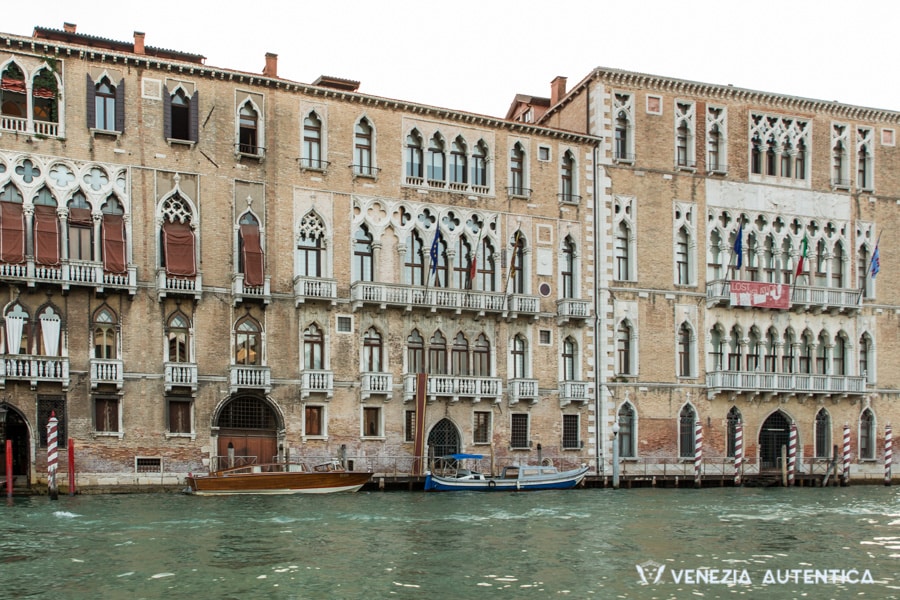
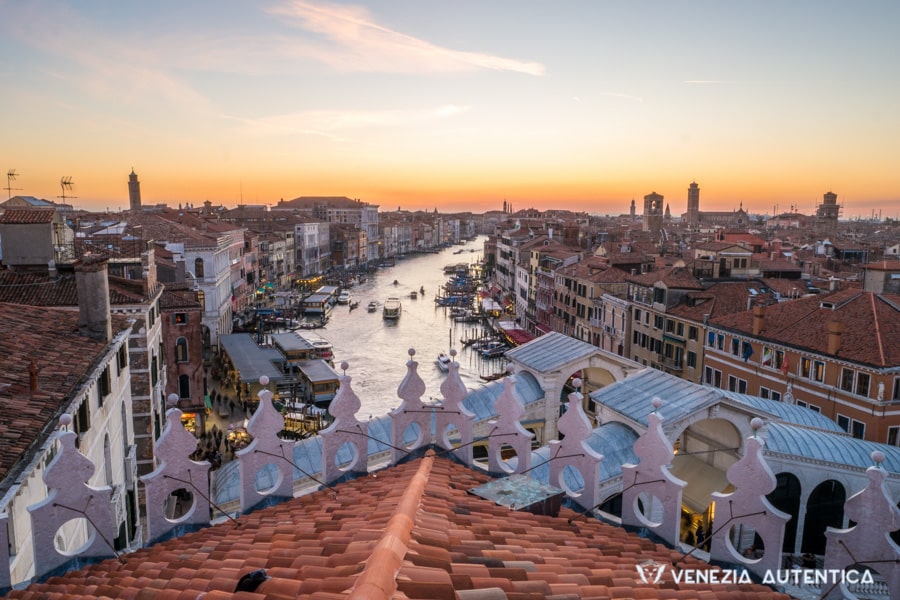
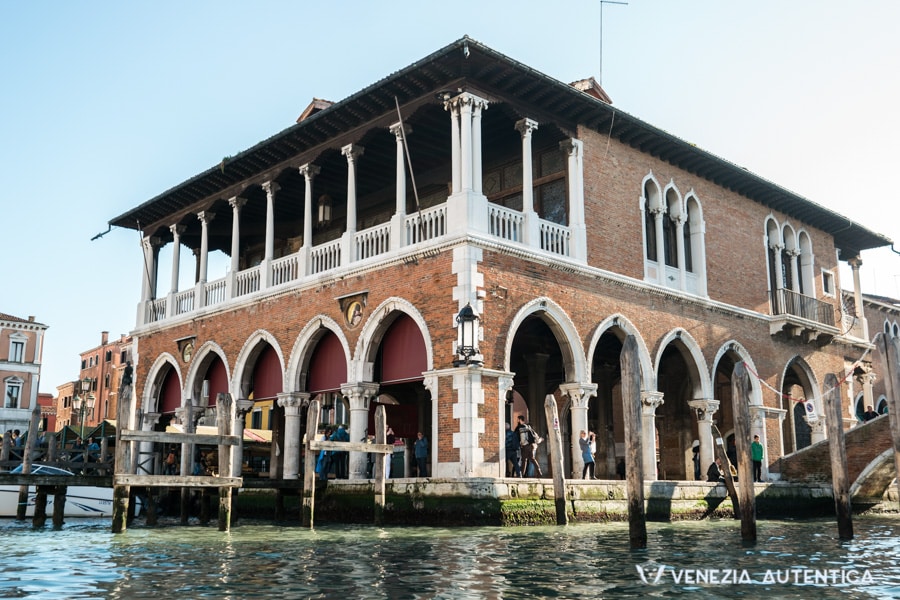
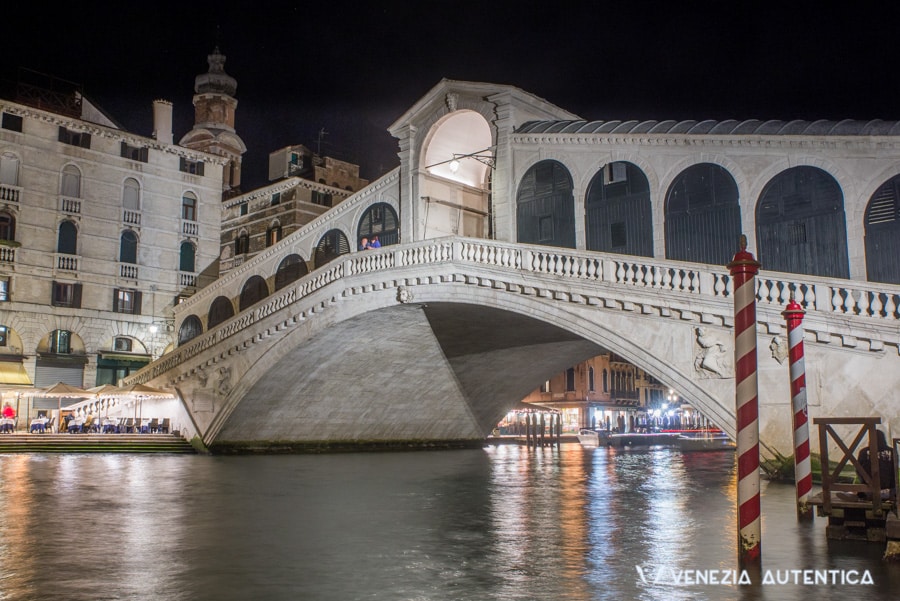

![Everything about the amazing Grand Canal in Venice, Italy [ARTICLE + 360° VIDEO] - Grand Canal - Venezia Autentica | Discover and Support the Authentic Venice - The Grand Canal is the most beautiful and legendary canal in Venice! Discover facts, its amazing history... and admire it in a 360° boat ride video!](https://cdn1.veneziaautentica.com/wp-content/uploads/2016/10/Calatrava-Bridge-Venice-Grand-Canal.jpg)
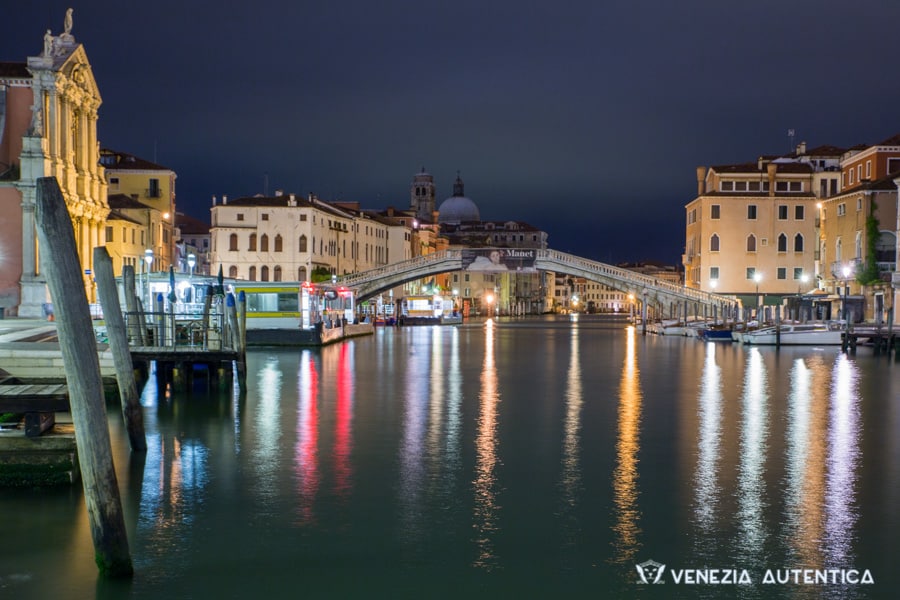

![Everything about the amazing Grand Canal in Venice, Italy [ARTICLE + 360° VIDEO] - Grand Canal - Venezia Autentica | Discover and Support the Authentic Venice - The Grand Canal is the most beautiful and legendary canal in Venice! Discover facts, its amazing history... and admire it in a 360° boat ride video!](https://cdn1.veneziaautentica.com/wp-content/uploads/2016/10/Gondola-Grand-Canal.jpg)
